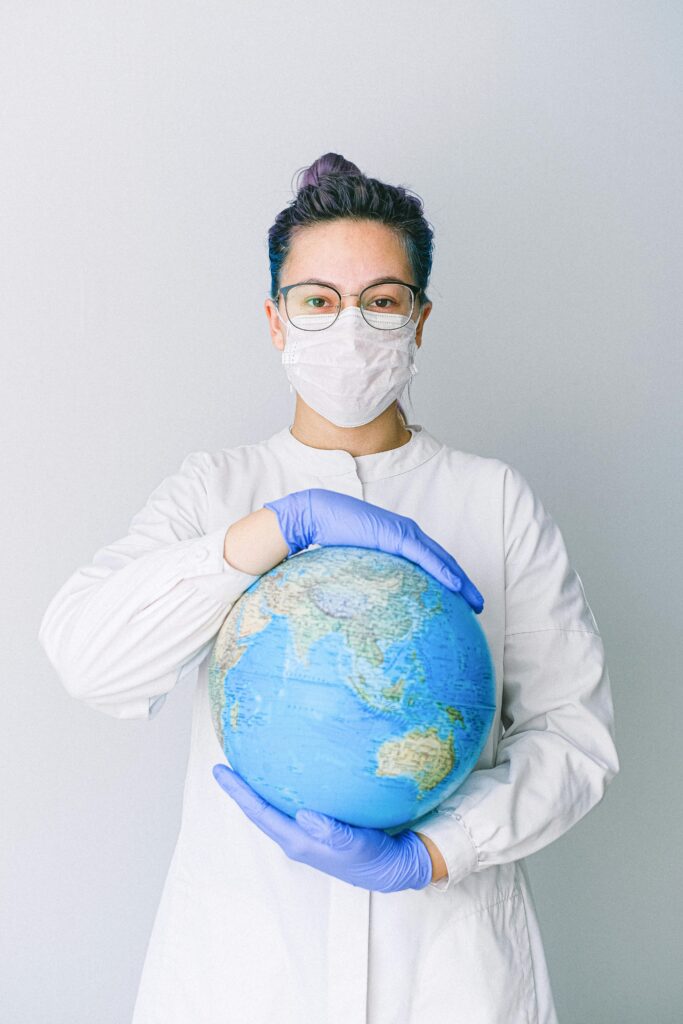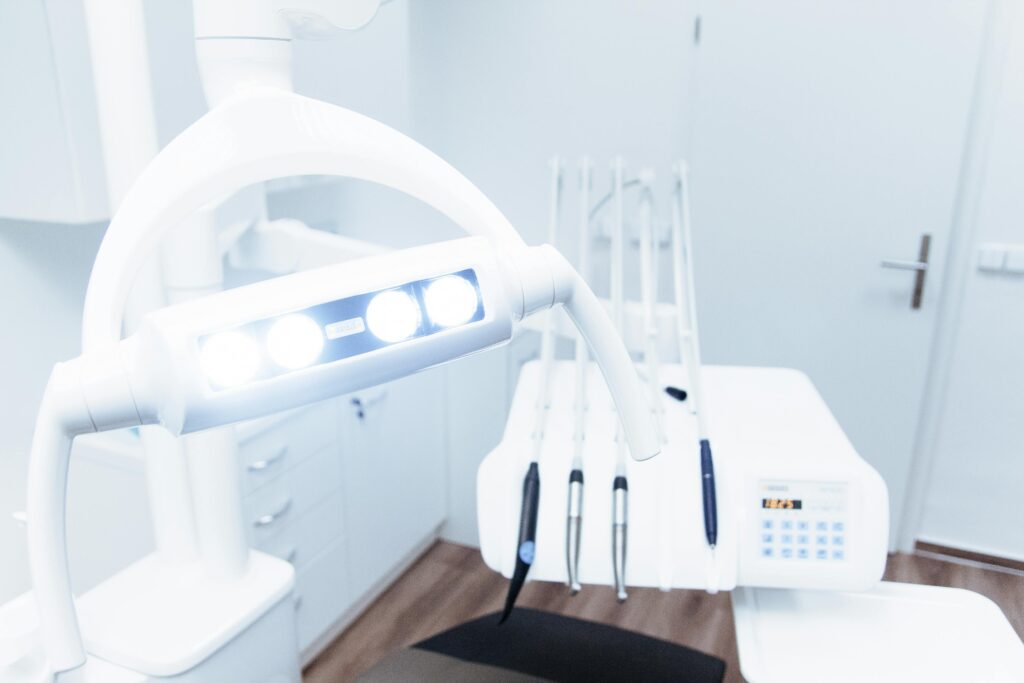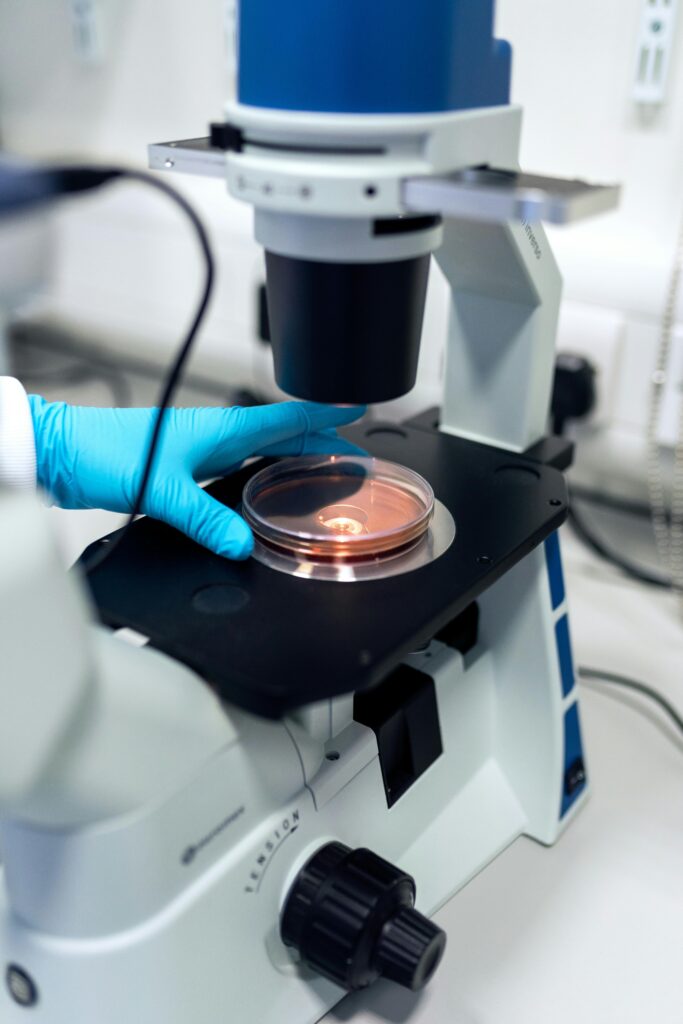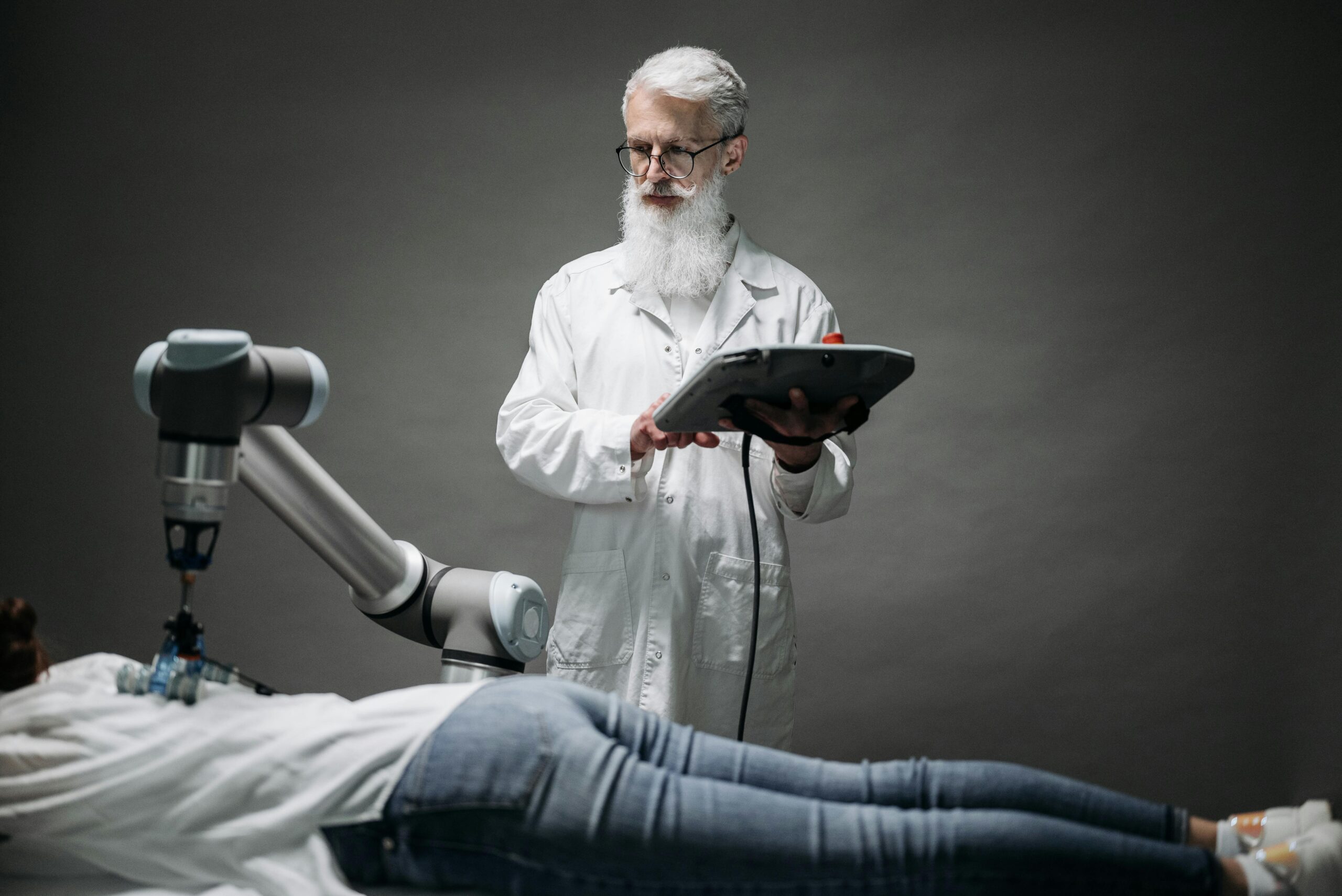Introduction: The AI Healthcare Revolution
The global healthcare diagnostics market is projected to reach $93.3 billion by 2027, with artificial intelligence (AI) and machine learning (ML) driving unprecedented advancements. From detecting cancer years earlier than human doctors to predicting patient deterioration before symptoms appear, AI is transforming diagnostics—improving accuracy, speed, and accessibility.
But how exactly does AI diagnose diseases? Can we trust machines with life-or-death decisions? And what are the risks?
This in-depth guide explores:
✔ How AI is revolutionizing medical diagnostics
✔ Real-world applications in radiology, pathology, and genomics
✔ Case studies of AI outperforming doctors
✔ Ethical concerns and regulatory challenges
✔ The future of AI-powered precision medicine

1. How AI is Transforming Medical Diagnostics
🔍 Machine Learning vs. Traditional Diagnostics
| Factor | Traditional Diagnostics | AI-Powered Diagnostics |
|---|---|---|
| Speed | Hours to weeks for test results | Seconds to minutes |
| Accuracy | Human error (misdiagnosis rates: 10-20%) | AI reduces errors (e.g., 99% accuracy in detecting breast cancer) |
| Cost | Expensive lab tests & specialist fees | Lower costs via automation |
| Scalability | Limited by doctor availability | Can analyze millions of cases globally |

🧠 How AI “Learns” to Diagnose
- Training on Massive Datasets
- AI models analyze millions of X-rays, MRIs, and lab results.
- Example: Google’s DeepMind Health trained on 1 million+ retinal scans to detect diabetic retinopathy.
- Pattern Recognition
- Detects anomalies invisible to humans (e.g., early-stage tumors).
- Continuous Improvement
- Self-learning algorithms refine accuracy over time (NVIDIA Clara AI).
2. AI Diagnostics in Action: Real-World Applications
🩺 Radiology: AI as the Ultimate Second Opinion
- Chest X-Ray Analysis:
- Stanford’s CheXNeXt detects pneumonia better than radiologists.
- MRI & CT Scans:
- IBM Watson AI identifies brain hemorrhages 50% faster than humans.
- Breast Cancer Screening:
- MIT’s AI model reduces false negatives by 5.7% (saving lives via early detection).

🔬 Pathology: AI-Powered Digital Microscopy
- Google’s LYNA (Lymph Node Assistant) spots metastatic cancer with 99% accuracy.
- Paige.AI helps pathologists detect prostate cancer in biopsy slides.
🧬 Genomics & Personalized Medicine
- DeepVariant (Google AI) analyzes DNA sequences to predict genetic disorders.
- IBM Watson for Genomics matches cancer patients with precision therapies.
🏥 Predictive Analytics: Preventing Disease Before Symptoms
- Mayo Clinic’s AI predicts sepsis 12 hours before onset.
- KardiaMobile (AI EKG) detects atrial fibrillation at home.
3. Case Studies: AI Outperforming Doctors
✅ Success Story: AI Beats 6 Radiologists in Lung Cancer Detection
- Study: Nature Medicine (2023)
- Result: Google’s AI model reduced false positives by 11% and false negatives by 5%.
❌ Failure Case: IBM Watson’s Oncology Missteps
- Issue: IBM’s AI recommended unsafe cancer treatments due to biased training data.
- Lesson: AI is only as good as its data.

4. Challenges & Ethical Concerns
⚠️ Risks of AI Diagnostics
- Data Bias: AI trained mostly on Caucasian patients fails for minorities.
- Black Box Problem: Doctors can’t always trust AI’s unexplained decisions.
- Job Displacement: Will AI replace radiologists? (Likely augment, not replace).
🛑 Regulatory Landscape
- FDA-Approved AI Tools (2025):
- Caption Health (ultrasound guidance)
- IDx-DR (diabetic retinopathy detection)
- GDPR & HIPAA Compliance: Patient data privacy remains critical.

5. The Future: AI-Driven Precision Medicine
By 2030, experts predict:
- AI-powered “health avatars” monitor patients 24/7.
- Nanobots + AI detect diseases at the cellular level.
- Fully autonomous AI diagnosticians in rural clinics.
Conclusion: A New Era of Healthcare
AI won’t replace doctors—but doctors using AI will replace those who don’t. The future of diagnostics is:
✔ Faster
✔ Cheaper
✔ More Accurate


